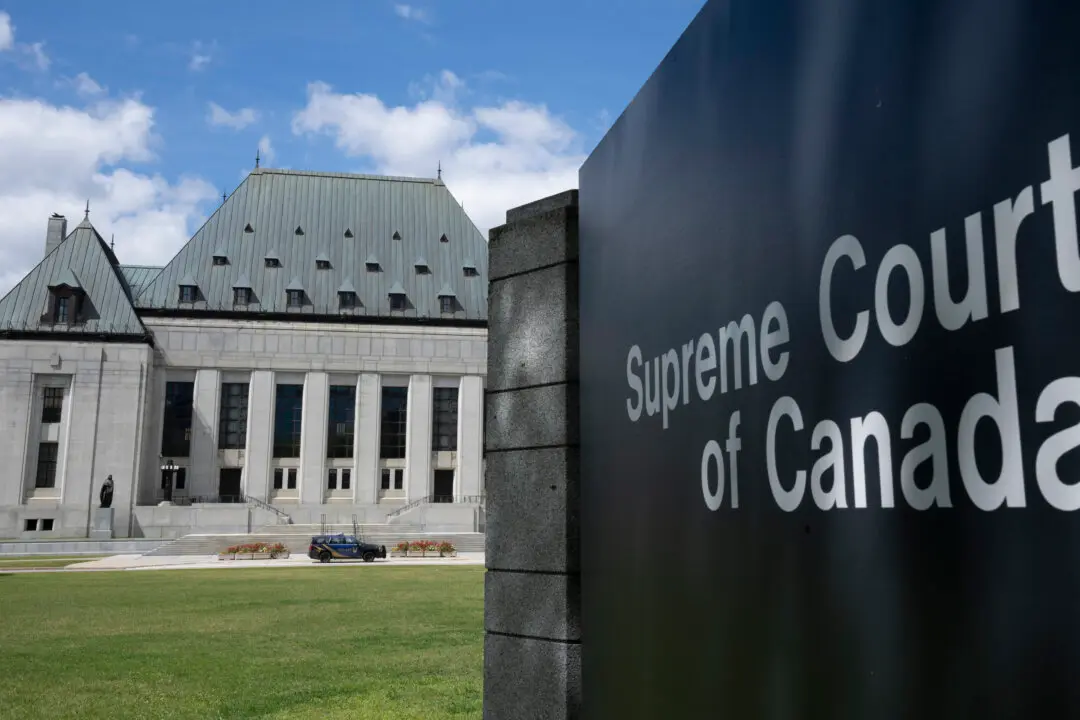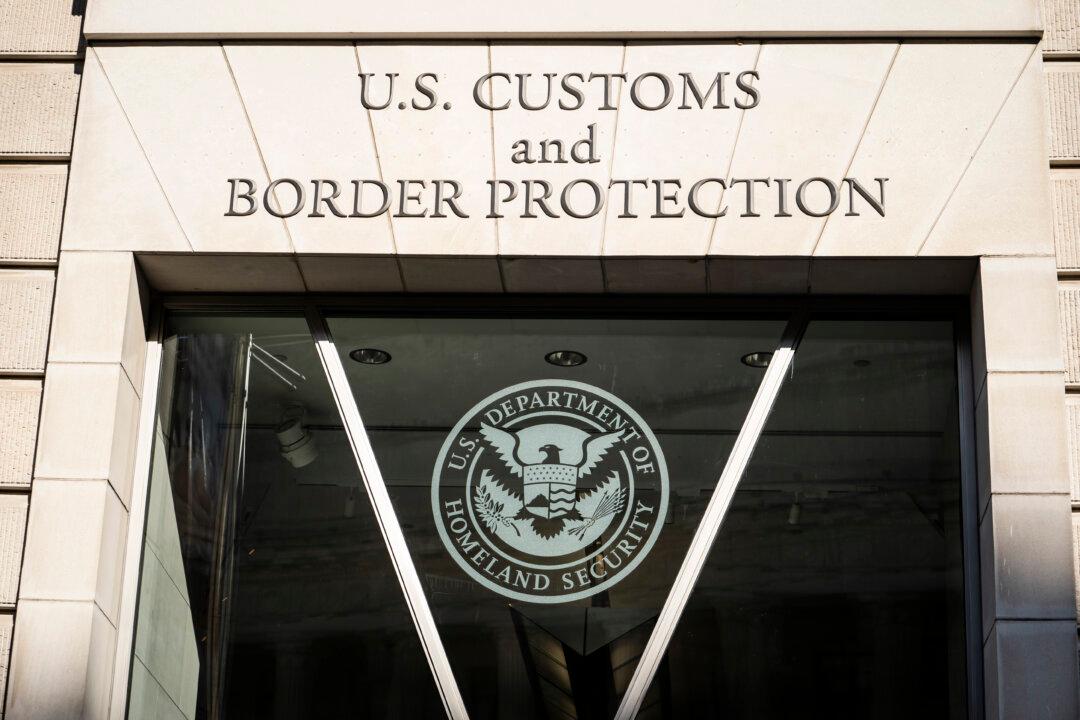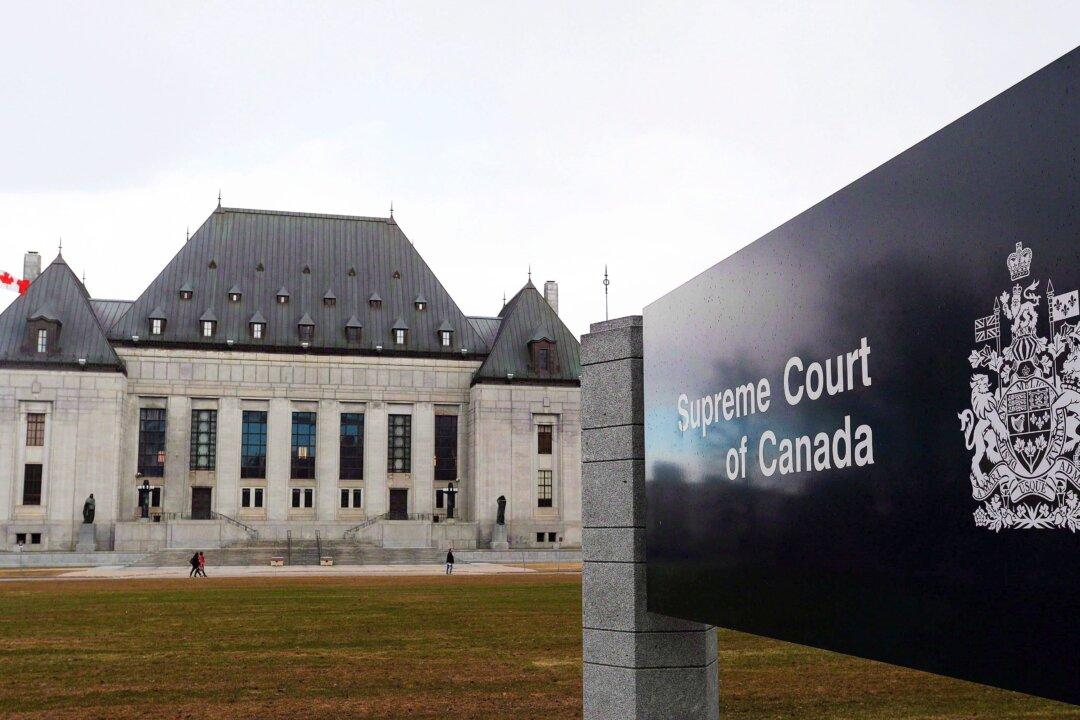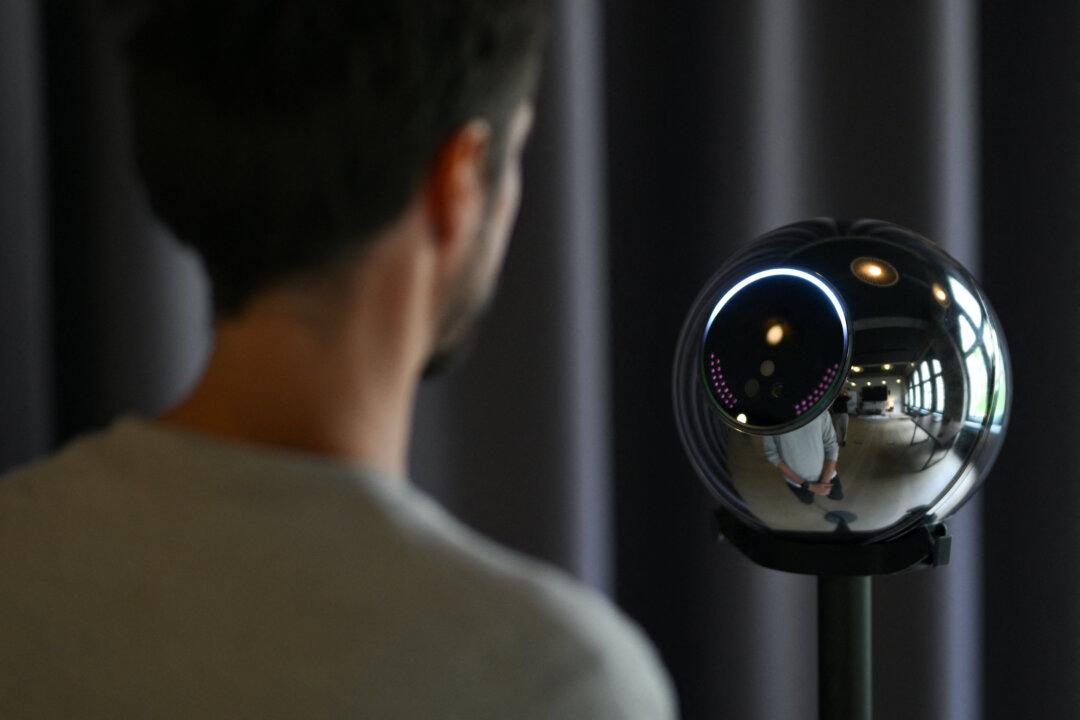Commentary
Lisa Keogh, a law student at Abertay University in Dundee, Scotland, was attending an online class when she was asked to express her opinion. The question was, what is a woman? In a BBC interview on May 18, Keogh said that because of her answer—that women have female reproductive organs—the university is investigating her for discrimination. Depending upon the outcome, she may face disciplinary action.





